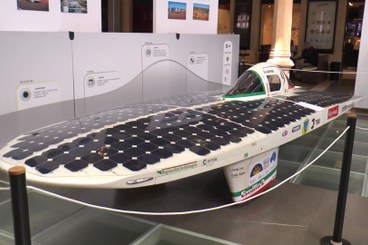
Report 4: Energy Transition
BOLOGNA BUSINESS SCHOOL | CENTRE FOR SUSTAINABILITY AND CLIMATE CHANGE
Highlights
-
ENERGY TRANSITION
-
BBS Website
OBSERVATORY ON SUSTAINABLE DEVELOPMENT
REPORT 4: ENERGY TRANSITION
Il report analizza le pratiche di transizione energetica in Italia, evidenziando una bassa diffusione: solo il 6% delle aziende utilizza fonti rinnovabili come solare, eolico e cogenerazione o adotta strategie di efficienza energetica come green roofs e isolamento termico. Il settore più impegnato include manutenzione metallica, carta, immobiliare e ferrovie. Il report suggerisce incentivi, formazione su gestione energetica e reti industriali per il recupero energetico, promuovendo la generazione distribuita e investimenti nella transizione per ridurre dipendenza da fonti esterne.